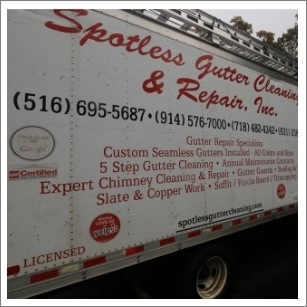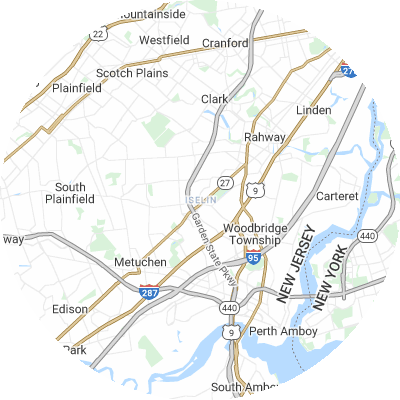Signs You May Need Gutter Guards
While gutter guards aren't always necessary, the signs of backed up gutters are clear. Issues stemming from persistent gutter problems include:
- Soggy ground or visible erosion around your foundation
- Visibly damaged, sagging, or misaligned gutters that no longer correctly direct rainwater
- Mold growth, peeling exterior paint, or interior water stains on walls near gutters.
- Leaky seams or joints where water leaks out of gutters
- Frequent clogs that lead to overflow and water spilling over gutters
How To Choose a Gutter Guard Installer
Assess Their Experience
The right installation company will have ample experience, including many years in business and experience with several brands and models. Experienced companies can properly take measurements and install gutter guards to meet your distinct needs. Ask how long a company has been performing installations and request referrals from local customers.
Verify Proper Licensing and Insurance
When speaking with potential installation providers, always verify that they are properly licensed, bonded, and insured with both workers compensation and general liability policies. This protects you if any injuries or accidents occur. Ask for current licensing and insurance papers from potential providers.
Choose Reputable Brands
Seek out companies that carry tenured and trusted gutter guard brands such as Gutter Helmet and LeafFilter. Be wary of companies that only carry generic no-name or their own off-brand guards, as these likely have not undergone the same rigorous testing as major brands.
Seek Custom Fit Services
For optimal performance, gutter guards need to be measured and trimmed on-site to match your specific gutter setup. Select a company that uniquely sizes and cuts guards specifically for your home, rather than using universal guards. Accurately fitted guards will leave no gaps for debris to get stuck.
Examine Warranties
High-quality gutter guard installers normally offer 20-year or lifetime warranties against rust, leaks, clogs, and other issues. Before selecting a company, carefully review the warranty terms for materials and workmanship guarantees. Warranties are the most effective means of protecting your gutter investment.
Check Reviews and Referrals
You should check online reviews on sites such as Yelp, the Better Business Bureau (BBB), or Google Reviews to learn about customer experiences. You can also ask neighbors for recommendations on quality local gutter guard companies. When researching providers, it's best to choose companies with consistently positive or good feedback instead of just one or two reviews.
Types of Gutter Guards
The six typical gutter guard types include the following:
- Foam guards are large pieces of foam that sit in your gutters to stop debris. They're light and easy to install. Foam guards cost around $2.45 per linear foot.
- Brush guards are precisely what they sound like: large brush bristles that sit in your gutters and block debris but let water through. On average, you can expect to spend $4.02 per linear foot for brush guards.
- Screen guards have large holes that let water through while stopping debris. Screen guards cost around $3.92 per linear foot.
- Mesh guards stop debris but allow water to flow through. Mesh guards have even smaller holes than screen guards. They're durable and allow debris to slide off rather than sitting on top of the gutters. Mesh guards cost roughly $3.77 per linear foot.
- Micro-mesh guards are typically the most effective. They have smaller holes than standard mesh guards, which lets even less debris through. On average, you can expect to pay $4.87 per linear foot for micro-mesh guards.
- Surface tension guards, also called reverse curve guards, use surface tension to allow water to flow into gutters while debris slides off. Generally, they are visible from the ground. On average, you can expect to spend $2.90 per linear foot for surface tension guards.













